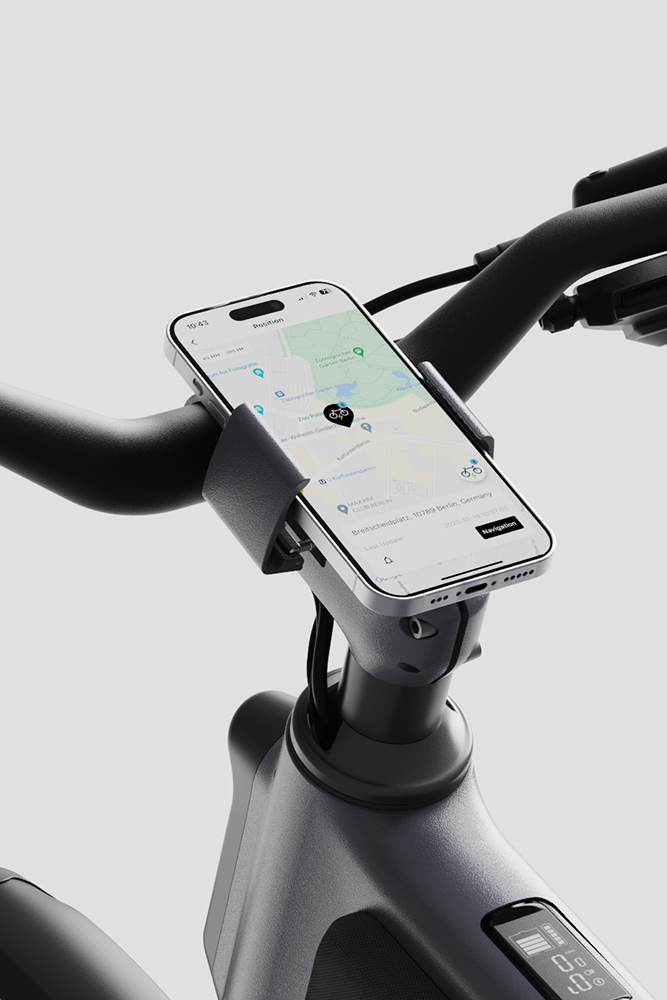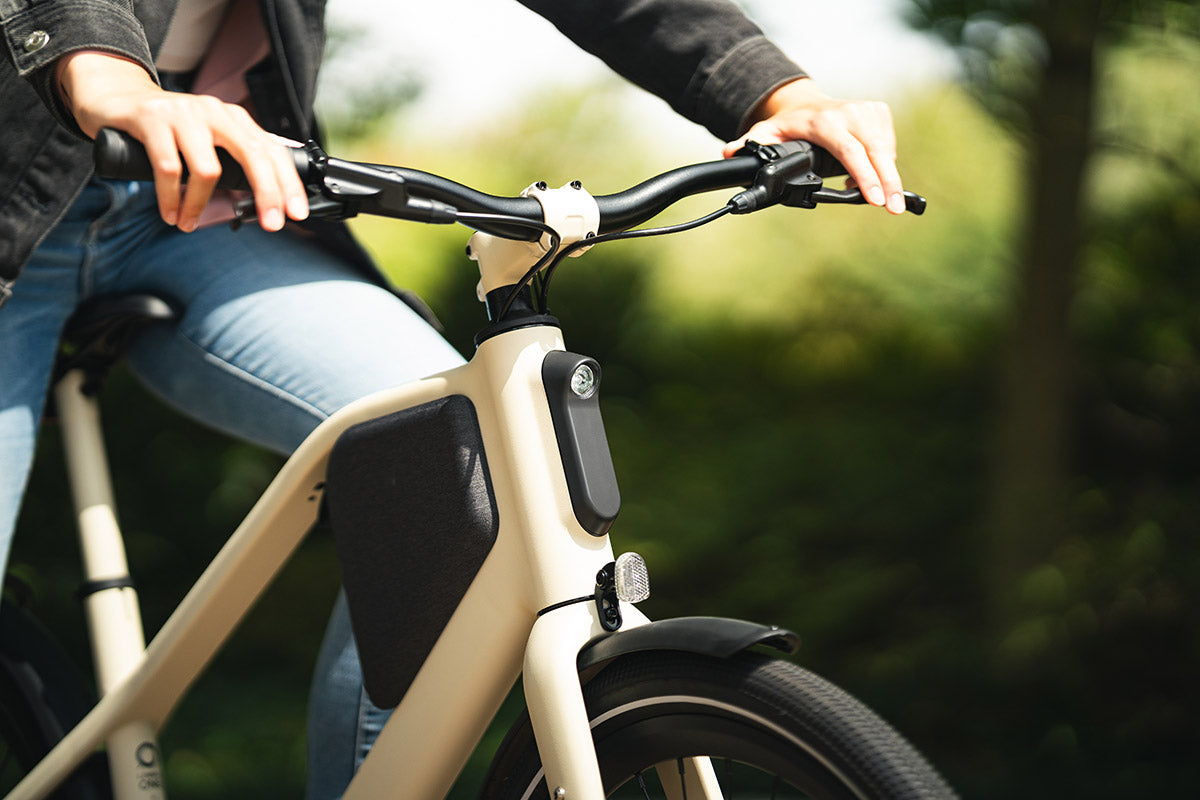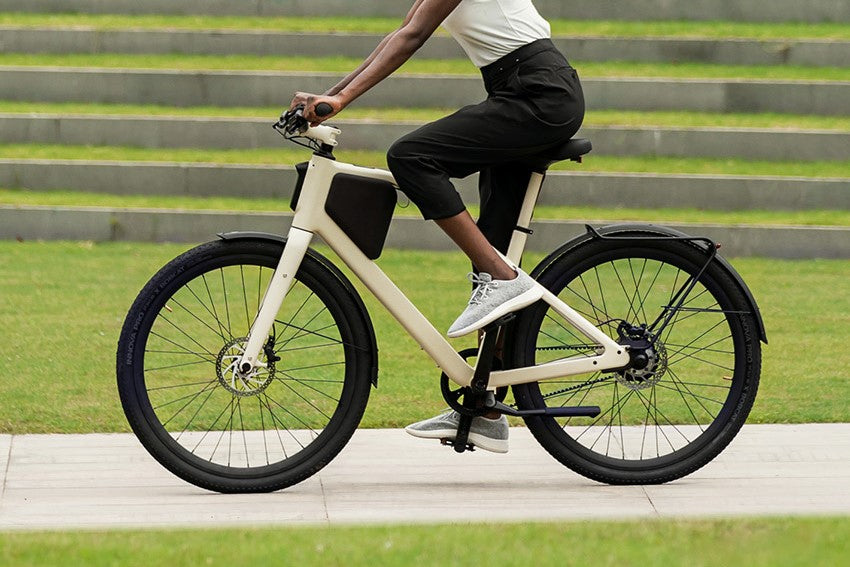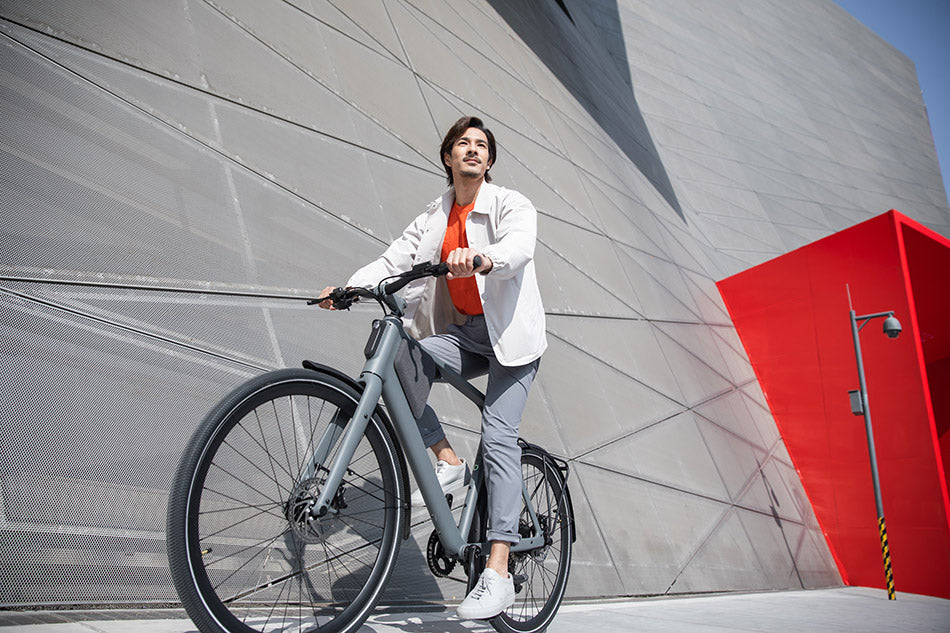E-mountain biking combines the thrill of conquering steep climbs with the powerful support of electric energy. Whether you are battling through challenging terrain or climbing steep heights, mastering the art of mountain e-biking requires both skill and careful preparation. This article presents essential strategies and techniques to optimize your e-bike's performance and ensure a successful climb."
Optimize your e-bike for optimal performance
Optimizing the condition of your e-bike is crucial before you start a hill climb:
- Start by making sure your battery is fully charged, a fundamental step that guarantees your journey won't be cut short by a lack of power. Motor efficiency is another critical area; it should be tested to confirm that it is operating at peak performance, which is essential for tackling steep inclines without difficulty.
- The integrity of all electrical connections cannot be overemphasized. These should be carefully checked to ensure they are tight and free from moisture, which could cause malfunctions or short circuits under the stress of mountain biking conditions. The condition of the tires is critical to maintaining grip and stability on varying terrain. Not only should they be inflated to mountain trail specifications, but they should also be checked for wear to avoid punctures or loss of control at crucial moments.
- Suspension settings play a significant role in the adaptability of your e-bike to rough terrain. Adjusting these settings to meet the specific requirements of the mountain trail you will be tackling can significantly improve the handling of your bike and make for a smoother and more comfortable climb. The importance of regular maintenance, such as brake checks and gear alignments, cannot be overemphasized. These checks will ensure that your e-bike is in top condition, protecting your performance and safety.
The pre-start checklist
- Choosing your equipment is the first step in the process. Protective gear, including helmet, gloves and sturdy footwear, forms the basic arsenal against potential mishaps. These items protect against common injuries and contribute significantly to your overall comfort and control when navigating mountain terrain.
- Hydration and nutrition are crucial to maintaining high energy levels during strenuous climbs. A hydration pack is essential to ensure easy access to water, while high-energy snacks such as energy bars or gels can be real lifesavers on longer rides. It is also advisable to be prepared for unforeseen repairs. A well-equipped repair kit that includes a multi-tool, spare tubes and a compact air pump can fix most mechanical problems without having to cut your adventure short.
- It is important to familiarize yourself with the different riding modes as they can affect your bike's performance and battery consumption. This will help you to manage your resources effectively during the climb. Additionally, an informed rider is a prepared rider. Checking the weather forecast and trail conditions before setting off can alert you to potential hazards or unsuitable conditions and make for a safer and more enjoyable ride.
Choose the right route
Choosing the right route is crucial when mountain e-biking. Riders should choose routes that suit their ability and the capabilities of their e-bike. When climbing, it's important to look ahead and choose lines that avoid large obstacles such as rocks and roots, which can hinder progress or cause damage to the e-bike. Choosing routes with an even gradient can help maintain a steady pace and efficient energy consumption. Additionally, pay attention to the condition of the trail; muddy or overly loose surfaces may require a different approach or more careful handling.
Use the right climbing techniques
Climbing effectively on a mountain e-bike requires more than just physical effort; it also requires skillful technique and strategic energy management.
- A slight forward lean can make a significant difference in increasing front wheel traction, especially on steep climbs. This posture correction helps to keep the bike on the ground and prevent annoying wheel lift that can interrupt your climbing rhythm.
- The art of pedaling also plays a crucial role in effective climbing. A smooth, steady pedaling motion helps to maintain momentum, which is important both for getting over climbs and for ensuring that the energy from the motor is used efficiently. This fluid motion allows for seamless power transfer, making the climb easier.
- Power mode management is a nuanced capability that can significantly improve your climbing experience. Adjusting the power output according to the changing demands of the terrain not only conserves battery life, but also gives you the right amount of support exactly when you need it. This strategic manipulation of power modes ensures that you have the support to tackle difficult sections without draining your e-bike's battery prematurely.
- Finally, shifting gears is an essential skill that requires dexterity. The ability to shift gears smoothly to maintain a comfortable and effective cadence is crucial for a successful climb. Appropriate gear shifting will allow you to adjust your effort according to the demands of the climb and ensure you can continue your ascent without overexerting yourself or your e-bike.
Enjoy and stay safe
While the focus is often on the climb, enjoying the journey and staying safe should never be overlooked. Allowing yourself moments to pause and enjoy the breathtaking views not only enriches your experience, but also provides a much-needed break to recharge your body and mind.
Vigilance is the key to a safe and enjoyable ride. Being acutely aware of your surroundings is essential, from the dynamic landscape around you to other people sharing the road. This awareness will help you navigate potential risks, such as sudden changes in terrain or unexpected encounters with wildlife, ensuring a smoother journey. In addition, respectful coexistence with nature and other trail users is fundamental. Following established trail rules, such as giving right of way to uphill cyclists and leaving no trace, preserves the integrity of the environment and promotes a positive community atmosphere.
The unpredictability of outdoor adventures requires a comprehensive safety plan. This includes familiarizing yourself with the trail, understanding local emergency procedures and making sure you have reliable means of communication in case of emergencies. Whether it's a fully charged phone, a whistle or a GPS device, having a way to make contact can be a lifesaver in critical situations.
Conclusion
Mountain e-biking offers an exciting way to explore the ups and downs of the great outdoors. By fine-tuning your e-bike, following a pre-ascent checklist, choosing the right trail, using effective climbing techniques and prioritizing enjoyment and safety, you can maximize your mountaineering experience. With preparation and respect for the trail, mountain e-biking can be an extremely rewarding activity that challenges the body and refreshes the mind.





